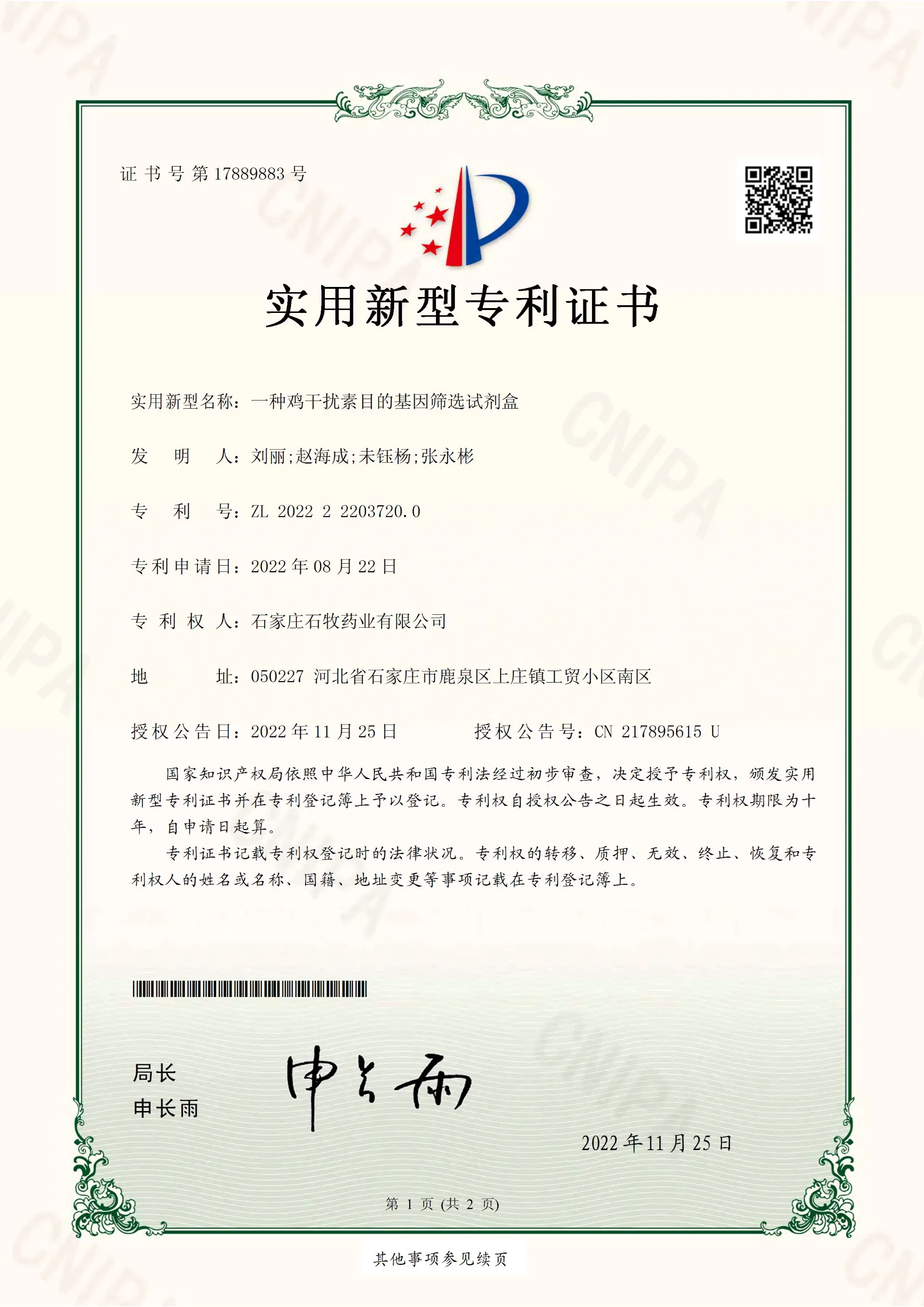One common way to treat allergies in horses is through the use of allergy medication. There are a variety of medications available that can help alleviate allergy symptoms and make your horse more comfortable. Some of the most common allergy medications for horses include antihistamines, corticosteroids, and mast cell stabilizers.



